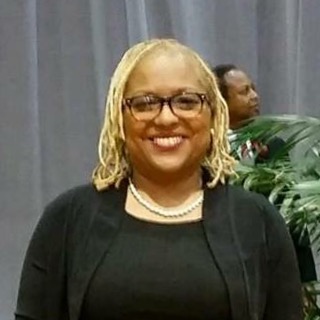 Foster care placement has been described as the most tragic experience faced by a child because it introduces instability to their already chaotic life. Furthermore, frequent placement changes and lack of foster care resources for older youth, as well as problems with the quality and consistency of independent living planning, may hinder educational progress.
Foster care placement has been described as the most tragic experience faced by a child because it introduces instability to their already chaotic life. Furthermore, frequent placement changes and lack of foster care resources for older youth, as well as problems with the quality and consistency of independent living planning, may hinder educational progress.
While it may be the intention of child welfare agencies to ensure that youth in foster care are afforded the same opportunities for educational success as their non-foster care peers, this is not always achieved. It is important to note that without an education and family support, these young people have few choices once they age out of care. With this in mind, it is imperative that while in foster care, youth develop permanent connections, receive appropriate educational supports and participate in some type of an independent living program that will prepare them to live on their own.
As of September 2012, there were 399,546 children in foster care. In 2015, this number increased to 427,900 with 26,668 of them being 17 to 20 years old. Of those youth in foster care, approximately 50 percent graduate from high school, 20 percent attend college and only 2 to 9 percent graduate with a bachelor’s degree.
What is interesting is that 84 percent of the 17- to 18- year-olds want to attend college. This implies that there is a desire to attend college but there appears to be a disconnect that results in no follow-through.
Leaving home to attend college can be stressful for any youth, but for youth who age out of foster care without permanent connections, this life-changing event can be terrifying.
A major factor that may contribute to educational success for former foster youth lies in the strength of their social support system. Nearly 81 percent reported that they had either a friend or a family member to ask for help or advice if needed. Also, about 60 percent reported that their current friends included people they knew in foster care, and most still maintained contact with foster parent, group home or kin-care parents. Additionally, 80 percent had contact with their birth family.
In 2008, a study was conducted to find out what college students who had lived in foster care believed were the internal and external influences that impacted their academic success. Interviews were conducted with 24 Florida college students. What they found was that external influences included interactions with multiple nonrelative guardians, caseworkers, mentors, teachers, siblings and school administrators and counselors. Internal influences included better anger management and less impulsivity and a newly identified set of internal characteristics, which the researcher saw as a type of success strengths (defense strengths that help them cope) that promote academic success.
The study had several implications that may result in improved outcomes for youth who are currently in care as well as those who have exited care:
- There needs to be a focus on academic success as it relates to the importance of attitudes, feelings or emotions of school interactions.
- Policy should mandate awareness training for educators, social workers and other adults who work with former foster youth. The hope is that this would increase professional awareness of the barriers, supports and success strengths that impact the academic lives of children and youth in foster care.
- Adult educators and human resource development professionals should develop and implement appropriate new education and training materials and interventions.
- Additional studies with a nationally representative sample of former foster youth enrolled in college should be conducted to determine the relative importance of the barriers, supports and strengths identified in this study.
A more recent study had similar findings. It recommended that to meet the educational needs of youth in foster care, social workers and educators need to establish an effective collaborative partnership. First of all, all parties would benefit from an exchange of information about their respective systems. Secondly, procedures should be established to ensure effective communication regarding the needs of individual youth. Thirdly, social workers and educators should collaborate to ensure that youth in care receive educational supports by including caregivers in planning meetings, identifying areas of need through academic screening measures and linking youth to intervention programs placed in the school and the community. Finally, it is important to plan for transition of youth into adulthood, which may include college and career planning, vocational training and life skills instruction.
What becomes of former foster kids after they age out has been a broad concern for many years. Many studies indicate they lag behind their non-foster care peers on a number of socioeconomic indicators. It is important to note that educational success is viewed as a key development outcome and is highly associated with positive adult adjustment. For most young people, the road to independence is a gradual process. However, for those young people exiting the foster care system, this can be a very traumatic experience.
Each year more than 20,000 youth aged out of foster care. Many leave care because they have reached 18, not because they are reunited with their families, are adopted or leave to attend college. Although the cost of a college education as well as its importance continue to increase in this country, reaching this level of attainment often seems out of reach for many youth who have been in foster care. With this in mind, it is imperative that policymakers focus on an effective means of supporting post-college stability for youth with foster care experience.
Wanda Davidson, Ph.D., previously held the position of assistant professor of social work at Tennessee State University. With more than 15 years of practice in child welfare, she is an advocate for youth aging out of foster care.





























